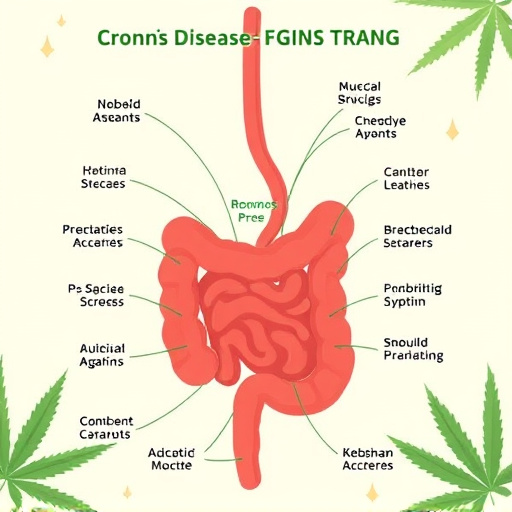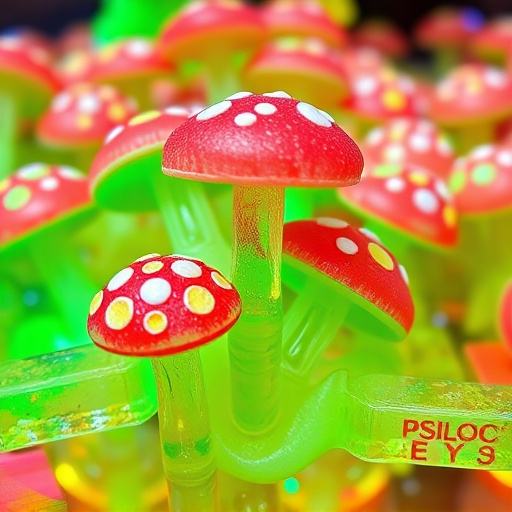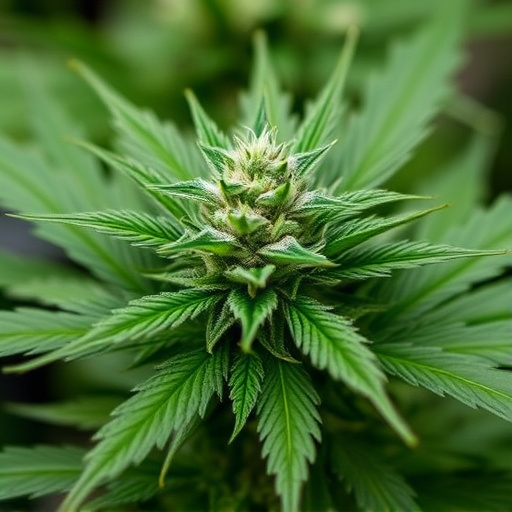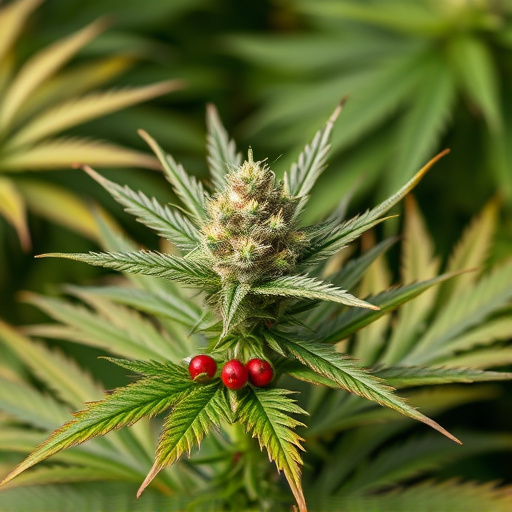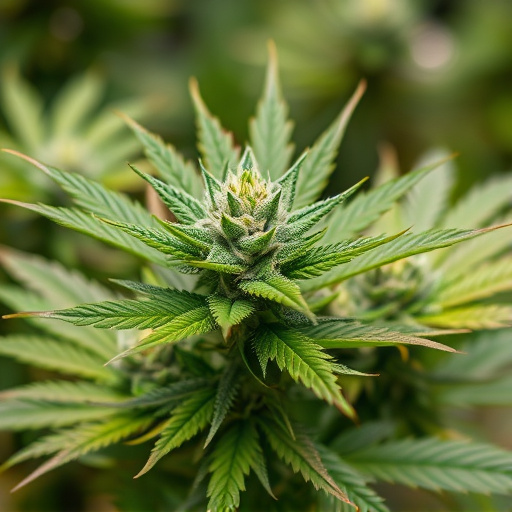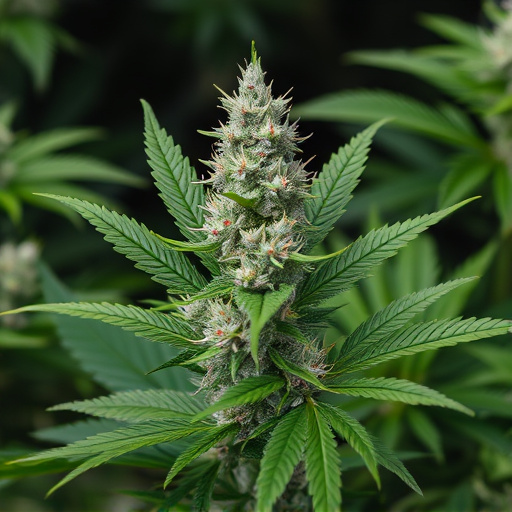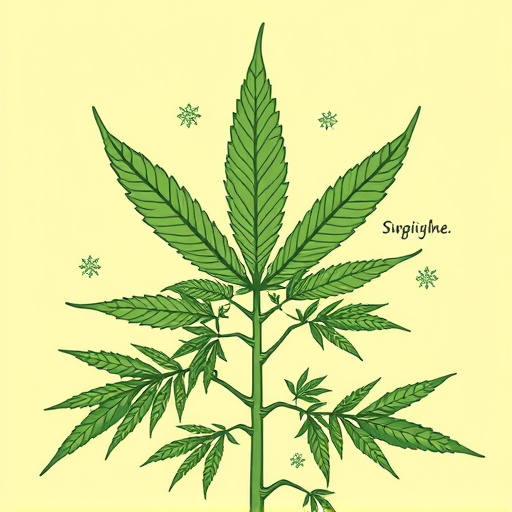Vaping and smoking are two distinct ways to consume medical strains of cannabis. Vaping, or vaporization, heats oil or wax instead of burning plant material, avoiding harmful byproducts like tar and carbon monoxide. While smoking offers quicker effects, it masks natural flavors and exposes users to these toxins. Vaping preserves taste and complexities, appealing to those seeking subtler experiences, and provides customizable dosage control through temperature adjustments. Compared to smoking, vaping is a potentially safer alternative with reduced health risks.
In today’s diverse landscape of cannabis consumption, understanding different smoking methods is paramount, especially for those navigating the complexities of medical strains. This article delves into three key comparisons: vaping vs. traditional smoking, bong vs. joint for medical cannabis users, and edibles vs. smokeable medical strains. By exploring the mechanics, health implications, and benefits of each method, we empower users to make informed choices tailored to their preferences and needs, enhancing their overall experience with medical strains of cannabis.
- Vaping vs. Smoking: The Key Differences
- – Explanation of vaping and its mechanics
- – Health implications of vaping compared to traditional smoking
Vaping vs. Smoking: The Key Differences

Vaping and smoking are two popular methods for consuming medical strains of cannabis, but they differ significantly in several key ways. While both involve inhaling the active compounds from cannabis, vaping offers a cleaner and more controlled experience compared to traditional smoking. With vaping, users heat cannabis oil or wax to release its vapors, which are then inhaled through a device similar to an e-cigarette. This method avoids the burning of plant material, eliminating many of the harmful byproducts associated with smoking, such as tar and carbon monoxide.
In contrast, smoking involves burning dried cannabis flowers, releasing a range of chemicals, including those responsible for its therapeutic effects. While this method provides faster onset of action, it also exposes users to potentially harmful substances. Additionally, the taste and flavor profiles experienced during smoking can be masked by combustion byproducts. In contrast, vaping allows for a more nuanced tasting experience as the natural flavors of different cannabis strains are better preserved. As such, vapers often appreciate the subtler nuances and complexities inherent in high-quality medical cannabis.
– Explanation of vaping and its mechanics
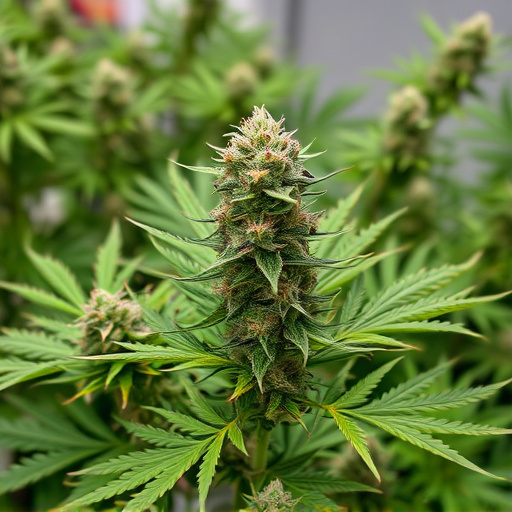
Vaping, or vaporization, is a popular alternative method for consuming medical strains of cannabis, offering a smoke-free way to enjoy its therapeutic benefits. Unlike traditional smoking, which involves burning and inhaling smoke, vaping heats cannabis to a specific temperature, transforming it into vapor. This process allows users to inhale a mist-like substance that delivers cannabinoids and terpenes without exposing them to the harmful byproducts of combustion.
The mechanism behind vaping is straightforward. A vape pen or device uses a heating element, often made from metal coils, to reach controlled temperatures. When cannabis oil or concentrated extracts are heated, they vaporize, creating a cloud of aerosol that can be inhaled. Vaping devices typically include a chamber where the cannabis material is held, an atomizer or heating element, a power source, and a mouthpiece for inhalation. This method provides a more refined and customizable experience, allowing users to control the temperature and dose, resulting in a smoother and often more pleasant sensory experience.
– Health implications of vaping compared to traditional smoking
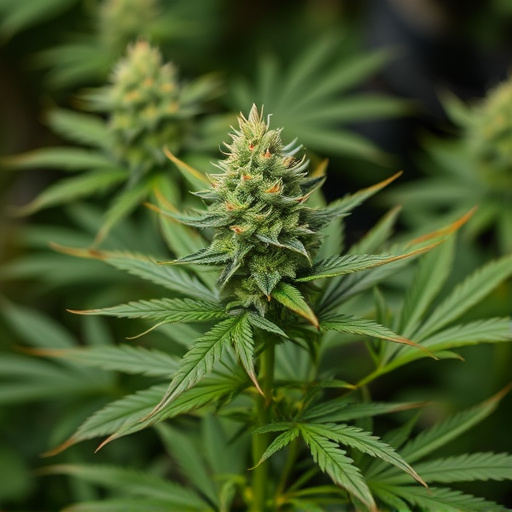
Vaping and traditional smoking are two distinct methods of consuming cannabis, each with its own set of health implications. While traditional smoking involves burning plant material and inhaling the resulting smoke, vaping uses heat to convert medical strains of cannabis into vapor. One significant advantage of vaping is the reduction in harmful chemicals typically found in cigarette smoke. Burning tobacco releases over 7,000 chemicals, many of which are toxic or cancer-causing, whereas vaping produces minimal levels of these substances. This makes vaping a potentially safer alternative for those concerned about the health risks associated with traditional smoking.
Additionally, vaping allows for more precise dosage control compared to smoking. Users can adjust the temperature and voltage settings on their vaporizers to suit their preferences and desired effects. This precision is particularly beneficial when consuming medical cannabis, as it enables patients to tailor their intake to specific symptoms or conditions. Moreover, avoiding the combustion process means that users do not inhale tar, a known irritant and carcinogen often present in smoked cannabis.
In comparing different smoking methods, especially when considering medical strains of cannabis, it’s clear that vaping offers a more refined and potentially healthier alternative to traditional smoking. By understanding the mechanics and health implications, consumers can make informed decisions to suit their needs. Vaping allows for precise dosage control, reduces the intake of harmful combustion byproducts, and provides a cleaner, more enjoyable experience. As such, it stands as a significant game changer in the way we consume medical cannabis, promising enhanced efficacy and improved overall well-being.
